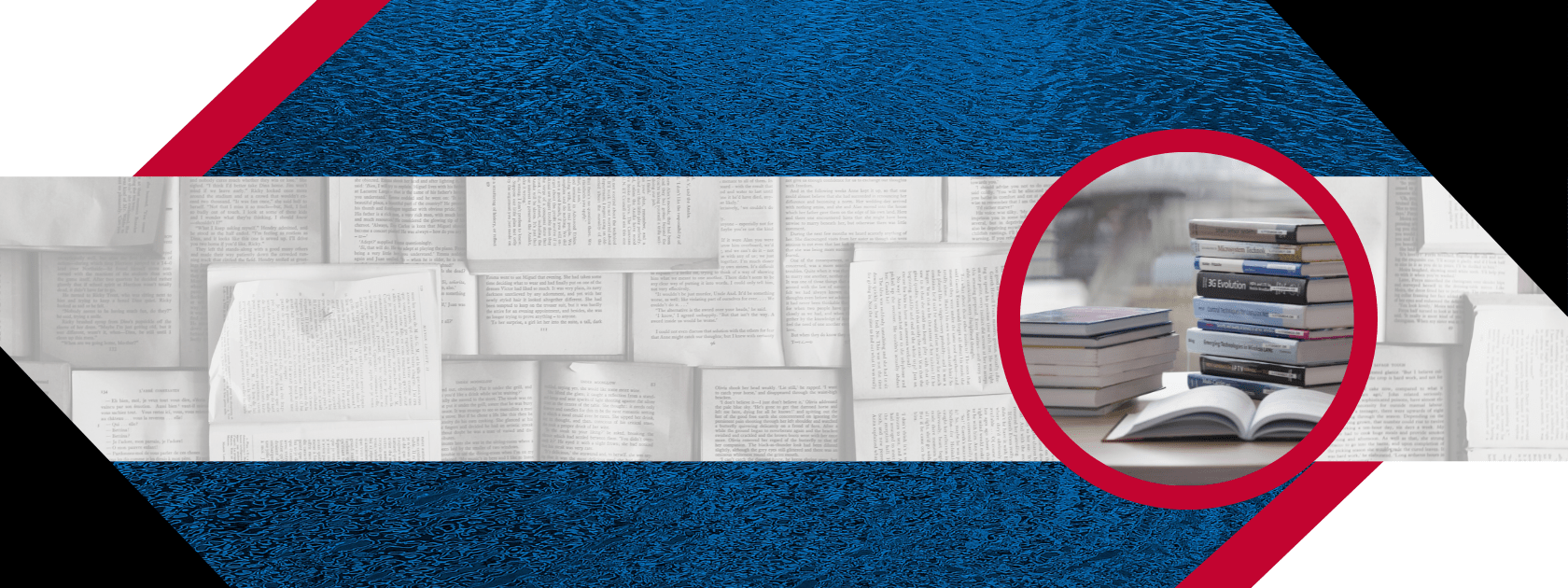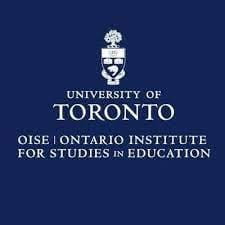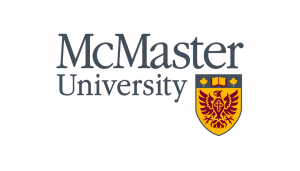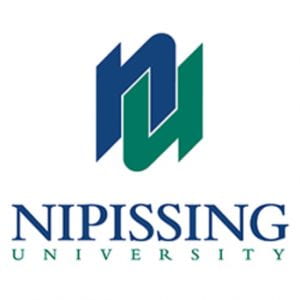Here is a list of the recent, currently planned, and in-progress research projects within the partnership.
Partner input from our workshops and survey will be used to update & refine these plans, and to suggest new lines of research to meet the needs and priorities of our partners.
Overall Patterns from Linking the 2004-2006 TDSB Grade 9 Cohorts with Postsecondary Data
By looking at the 2004-2006 grade 9 cohorts from the Toronto District School Board (approximately 50 thousand students) and linking this with data from the same students found in the Postsecondary Student Information System (PSIS, available from Statistics Canada), we will get a good overall picture of the general patterns of student success (in achieving a first postsecondary credential) and barriers to this success faced by certain groups.
Some of the variables examined in this project are gender, birthplace (inside/outside Canada), language, neighbourhood income levels, Grade 9 program of study, Grade 9 credit accumulation, Grade 9 Math and English achievement, Special Education needs, highest level English and Science courses taken in high school, and student suspensions.
This first report is now available (as of November 2021) on our reports page.
TDSB Students Attending Postsecondary Institutions Outside Ontario
This analysis will examine the approximately 4% of students from the Toronto District School board who attend postsecondary institutions outside of Ontario. This group has largely been left out of previous analyses that focused on Ontario institutions, so this project will determine the real size of this group of students who leave the province for higher education, and determine the characteristics of these out-of-province students and how they compare to students who remain in Ontario (e.g. postsecondary institution type, demographics, neighbourhood income, and Grade 9-12 achievement characteristics).
TDSB Students who take the Apprenticeship Pathway
Previous analyses have focused on the college and university postsecondary pathways – but not all students attend college or university. One other option for students seeking postsecondary training is to take on an apprenticeship for a trade. The Registered Apprenticeship Information System (RAIS) provides information on the students who take this pathway, and this project will link the grade 9 cohort data with the RAIS data, to follow student success in this area as well. Some trends and variables that will be explored include: apprenticeship completion; the relationship of key Grade 9 and Grade 12 variables to apprenticeship; key TDSB demographics like gender, region of birth, student language, deciles of income and special education needs; intersection with both secondary and postsecondary study.
Special Education Needs and Postsecondary Disability Grants
Previous work has found that many TDSB students with recorded Special Education Needs did not self-identify as having a disability when asked about it specifically in a student census. For this project, recorded Special Education Needs from TDSB administrative data will be compared with the recipients of Disability Grants for postsecondary, as found in Statistics Canada’s Education and Labour Market Longitudinal Platform (ELMLP), to look at the relatively small group of students with Special Education Needs who transitioned to postsecondary.
Some key questions to consider with this data include: 1) Similarities and differences between students who have recorded Special Education Needs, and those who have Disability Grants, 2) When in the postsecondary journey did students receive Disability Grants (first year or later), and 3) Compare the students with TDSB Special Education Needs and those with Disability Grant holders to determine if there are any patterns of differences between these groups in terms of socio-demographic variables, or variables related to their school experiences at any level in K-12 or postsecondary.
National Graduate Survey and Disability
The National Graduate Survey was administered in Fall 2018 to students who had graduated with a postsecondary credential in 2015. The questions focused on “academic path, funding for postsecondary education, including government-sponsored student loans, and transition into the labour market.” (StatsCan)
We will link the TDSB Grade 9 cohorts, and PSIS data for those who attended postsecondary in Canada, with the 2015 cohort from the National Graduate Survey. This project will focus on the connection between Special Education Needs as found in the TDSB data, and self-identified disability status on the National Graduate Survey.
Income Tax Data
This analysis will match the TDSB 2004-2006 cohorts with key variables from 2017 tax information from Statistics Canada’s Education and Labour Market Longitudinal Platform (ELMLP). This will allow us to investigate differences (such as income or employment) between categories of postsecondary attendance and graduation, and to look at subgroups of students with special education needs, disability grants, etc.








